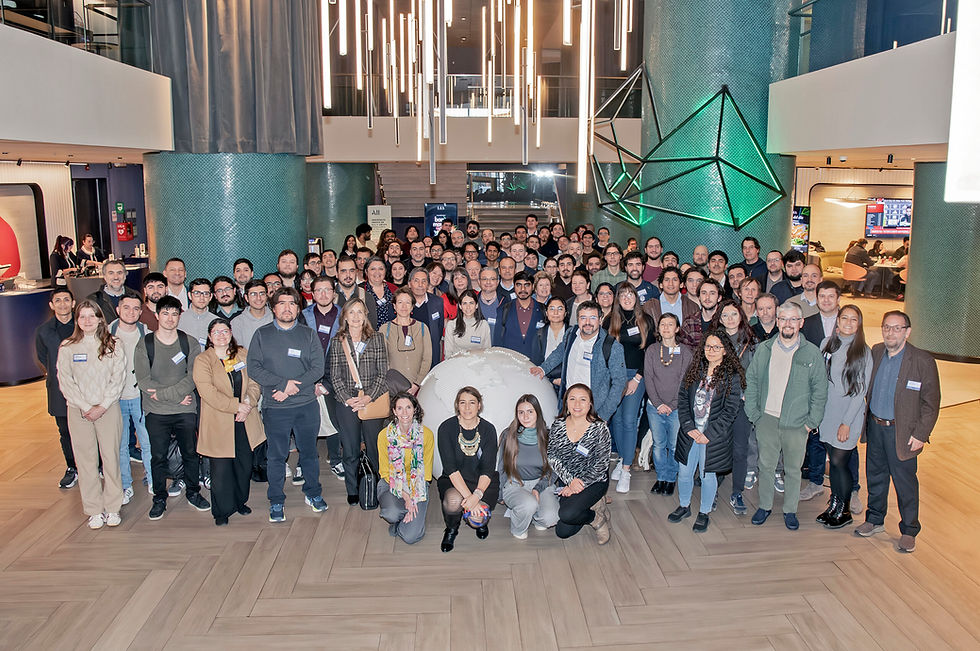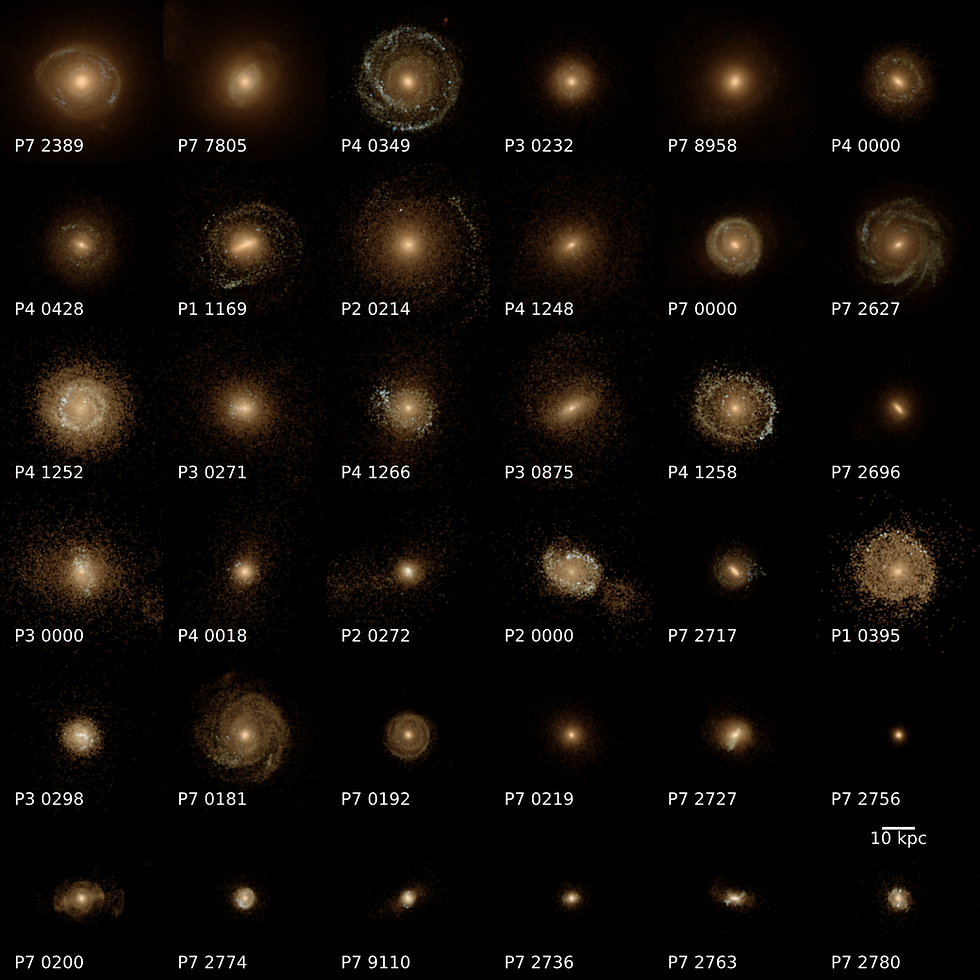CATA: Astronomy with impact on society
- Patricia B. Tissera
- 25 ago
- 3 Min. de lectura
Chile has a privileged window to the universe! A unique opportunity to unravel mysteries, inspire scientific vocations, train highly qualified human capital, and transfer knowledge and technology to society. For this to materialise, it is essential to have a consistent science policy and create conditions that favour synergy between multiple actors.
In recent years, Chile has made steady progress in this direction. A concrete example is the Centre for Astrophysics and Related Technologies (CATA), which, thanks to the joint efforts of its members, has consolidated an ecosystem capable of facing these great challenges.
These challenges involve not only developing frontier science, but also transferring its results to society. To move forward, it is essential to promote collaboration and ask bold questions that open new paths. This process also requires the design of innovative methodologies and the development of new technologies. In this spirit, on 7 and 8 August, more than 100 astrophysicists and engineers gathered for two intensive days of work and reflection to plan science and technology for the next five years. Several strategic themes emerged from this collective exercise, of which we share three today that set the course for our work.
The question of whether we are alone in the universe has accompanied humanity since we first looked up at the sky. Today, thanks to state-of-the-art telescopes and space missions, we are closer than ever to answering it. The search for life beyond Earth is no longer just speculation: observatories such as ALMA in northern Chile and the James Webb Space Telescope are analysing how planets form and searching for complex molecules that could provide clues to the potential existence of life. Missions such as the Habitable World Observatory are designed with the primary objective of exploring possible biomarkers, chemical signals that could indicate the presence of living organisms beyond the solar system. This question also leads us to question life on our planet in extreme situations, and how to extrapolate what we learn here to what may happen in another corner of the universe. It also makes us reflect on the habitability of our planet and the need to take action to protect it.
Meanwhile, the cosmos poses other, even deeper enigmas. More than 95% of the universe's content is made up of something invisible: dark energy and dark matter. The former seems to accelerate the expansion of the universe. The latter, although invisible, holds galaxies together thanks to its gravity. Detecting these unknown forms directly is one of the great challenges of modern physics. In Chile, projects such as the Vera Rubin Observatory and its LSST will map billions of galaxies to shed light on these mysteries. Vera Rubin is already here, and we need to accelerate the optimisation of our artificial intelligence tools and algorithms to cope with the avalanche of data that has already begun, so that we can search for the answers to this big question. This research is driving developments in sensors, big data analysis and modelling, with applications that transcend astronomy.
To understand our place in the universe, we must look even further back, to the cosmic dawn, when the first galaxies formed. Emerging a few hundred million years after the Big Bang, they were born from small fluctuations of matter in a young and hot universe. Observing them is like reading the first pages of a story from some 13.7 billion years ago. The combination of telescopes in Chile and in space with the James Webb Telescope makes it possible to capture that ancient light, revealing how primordial gas gave rise to stars and complex galaxies like our own.
These three topics—extraterrestrial life, the invisible cosmos, and the early universe—do not advance in isolation. They require international collaboration, interdisciplinary work, and the building of a cohesive community. At CATA, this vision is realised in a network that brings together scientists and engineers, researchers and students, fostering the exchange of ideas, data, and methodologies.
CATA's strength lies not only in its access to the world's best astronomical facilities, but also in its ability to mobilise its multidisciplinary community, spread throughout Chile, towards common goals. Looking at the sky will continue to inspire, but it will be coordinated work on the ground that will ensure that this knowledge is transformed into innovation, development and benefits for society.
Translated with DeepL.com (free version)




Comentarios